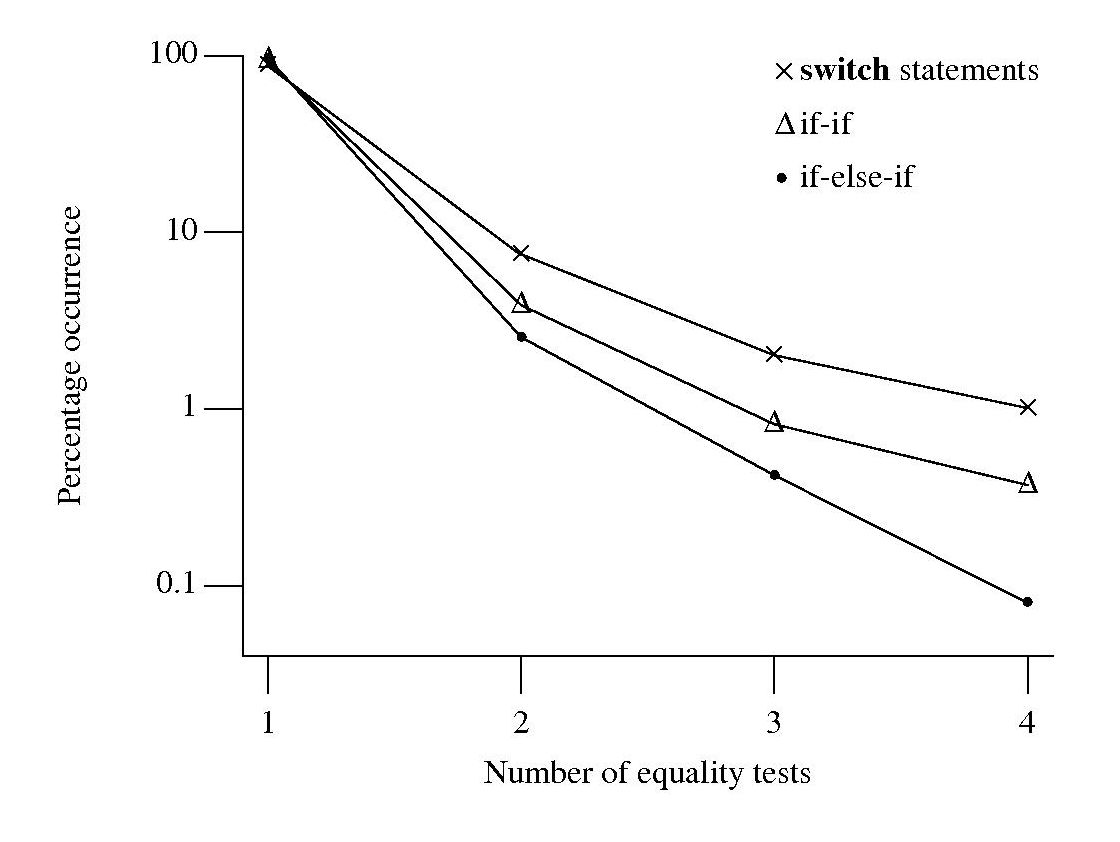Archive
CPUs also exhibit hardware faults
The cpu is the one element of a computing platform that people rarely treat as a source of error caused by physically malfunction, i.e., randomly flipping a bit in a register or instruction pipeline. I once worked on a compiler for the Mototola 88000 using a test platform that contained alpha silicon (i.e., not yet saleable components where some of the instructions were known not to work; the generated assembler code was piped through a sed script that mapped these instructions into an alternative instruction sequence that did work) and the cpus in a few of the hardware updates turned out to be temperature sensitive; some of the instructions changed their behavior when they got too hot. People who write compilers using alpha silicon learn to expect this sort of thing.
Quite a bit has been published on faults in other hardware components. Some of the best recent empirical hardware fault data and analysis I have seen is that published by Google engineers on hard disc and dram memory fault occurrences in their server farms. They might have a problem publishing such results for the cpus they use because these commodity items generally don’t have the ability to report any detailed fault data, they just die or one of the programs being executed crashes.
As device fabrication continues to shrink erroneous behavior caused by cosmic ray impact will become more and more common. Housing a computer farm at a high altitude might not be a good idea (at 7500 ft cosmic ray-induced neutrons that can lead to soft errors are 6.4 times more common than at sea level).
IBM’s Power4 chip (“Power4 System Design for High Reliability” by Bossen, Tendler and Reick) is one of the few that provides error checking of cache contents, while IBM’s System z9 is one of the very few that provide parity checking on the cpu registers (“Enhanced I/O subsystem recovery and availability on the IBM System z9” by Oakes et al).
One solution to the problem of unreliable cpu behavior is for the compiler to insert consistency checks into the generated code. Two such checking methods are:
- ‘Signature Analysis’ which performs consistency checks between signatures calculated at compile time and runtime. A signature is associated with every basic block with the current signature being derived from the execution history. This technique can detect spurious changes to the flow of control caused by a hardware glitch.
- ‘Error Detection by Duplicated Instructions’ generates code which duplicates the behavior of some instruction sequence and compares the result calculated by both sequences, i.e., a source language construct is executed twice and an error raised if the results are different. The parallel instruction sequences use different sets of registers on the same cpu and ideally the instructions are scheduled to exploit instruction level parallelism
At the moment cosmic-ray induced hardware faults are probably very small change compared to faults in the code. Will code quality increase to the point where cosmic-ray faults become an issue or will devices get so small that they have to be lead lined to prevent background radiation corrupting them? Let the race begin.


Recent Comments